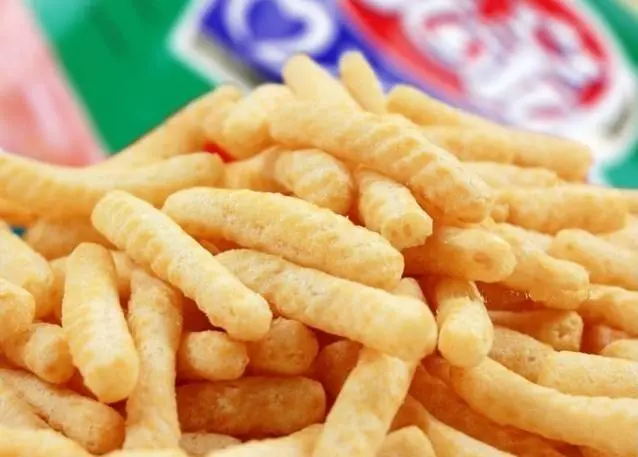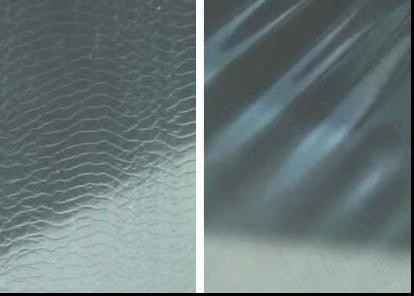
PLA, Biodegradable and Decomposable Plastics
- Updated on September 6, 2021
Recently, biodegradable polymers become very popular, and various levels of plastic bans have been introduced in various places. As one of the main types of biodegradable plastics, PLA is naturally rising. As the intermediate raw material for PLA in two-step production, lactide is in short supply. In recent years, there are many companies that claim to be able to provide PLA resin, but like the manufacturers for engineering plastic resin, only the market tells the truth. Let’s take a look.
What PLA is?
PLA, its full English name is Polylactic Acid or Polylactide. It is a condensation product of α-hydroxypropionic acid and is a kind of thermoplastic aliphatic polyester.

PLA first appeared in 1932 by Dupont scientist named Wallace Carothers who directly condensed lactic acid in a vacuum. Due to the low molecular weight and the high production cost, commercialized production was not realized at that time.
It was not until the food company Cargill began to research and develop a new manufacturing process for polylactic acid in 1987. Cargill established a joint venture with Dow in 2001 to establish NatureWorks for commercial production of polylactic acid, and PLA popped up in all aspects of our lives.
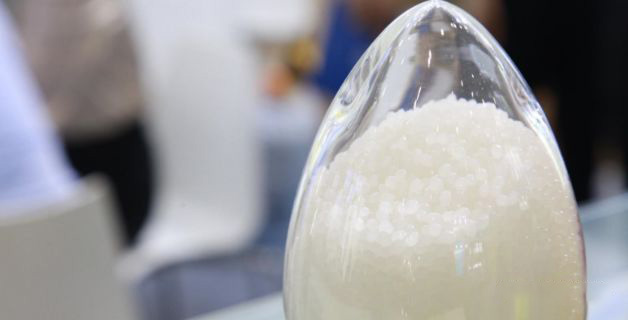
How to Make PLA?
Preparation of PLA Monomers
The raw monomer of PLA is lactic acid, which is generally made by crushing corn and other shell crops, extracting starch from it, and then turning the starch into unrefined glucose. Then the glucose is fermented in a manner similar to the production of beer or alcohol, and finally lactic acid monomer is obtained through a purification process.
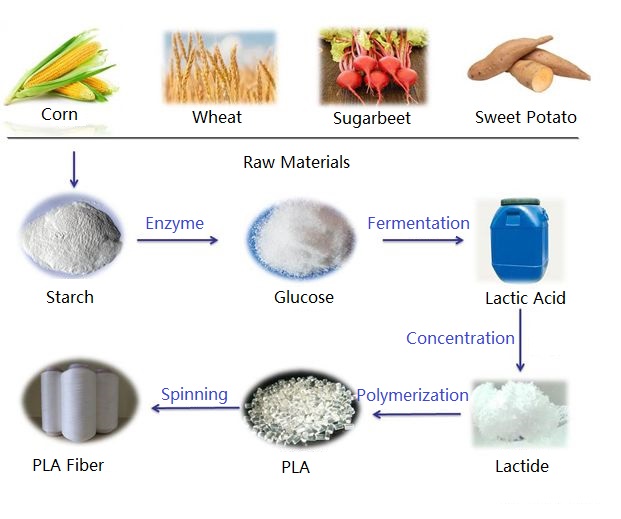
Polymerization of PLA
There are two main ways for producing PLA. One is called the direct polycondensation of lactic acid and the other ring-opening polymerization of lactide (also called the two-step method). The two-step method is the most commonly used. The process is to first make lactide (LA) by vacuum distillation of lactic acid, and then use lactide as the monomer to react for several hours under conditions of initiator, high temperature and high vacuum.

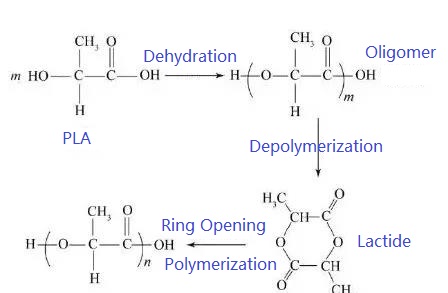
Properties of PLA and Its Processing Technology
PLA is a light yellow transparent solid with good thermal stability. The processing temperature is 170-230℃. It has good solvent resistance. It can be processed in many ways, such as extrusion, spinning, biaxial stretching, injection and blown molding.
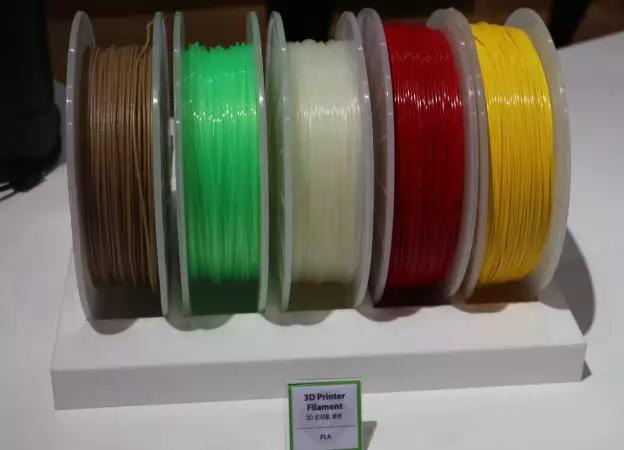
Application of PLA
Polylactic acid (PLA) is a new type of biodegradable material, suitable for various processing methods such as extrusion, injection molding, film stretching, spinning, etc. It is convenient to process, so it can be used in food packaging, fast food lunch boxes, non-woven fabrics, industrial and civil fabrics, agricultural fabrics, 3D printing and other fields.
Some survey data shows that PLA materials account for more than 66% used in the food packaging and tableware fields, followed by medical and personal care, accounting for 28%.
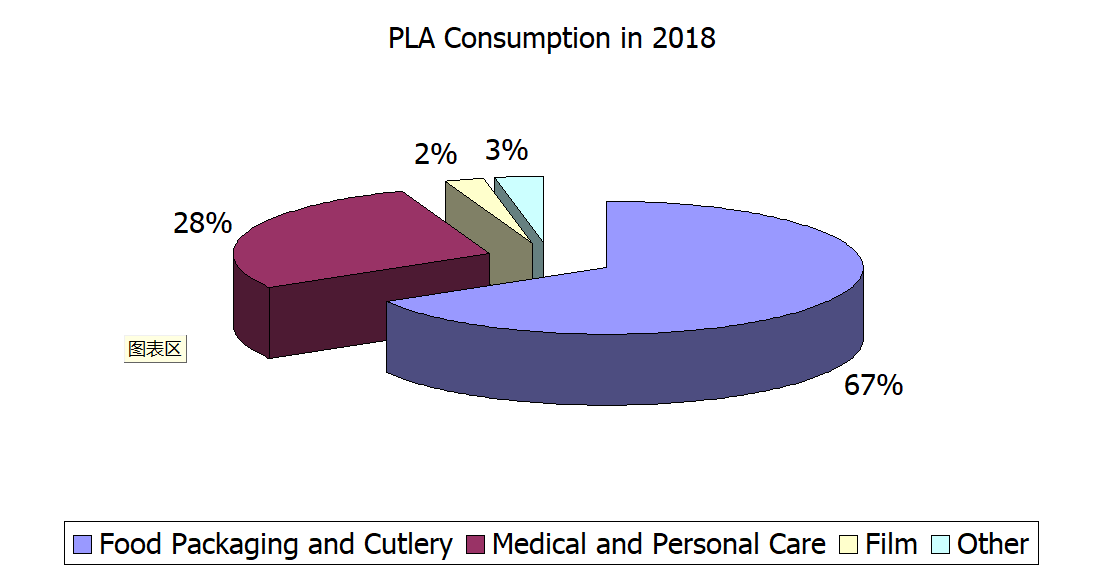
Living Utensils Made of PLA
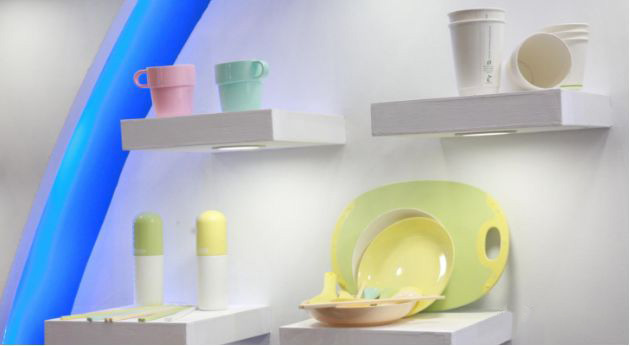
Disposable Cup Made of PLA
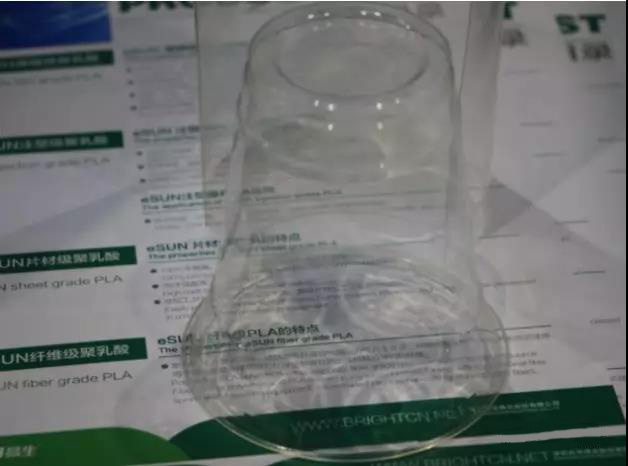
PLA Injection Sample
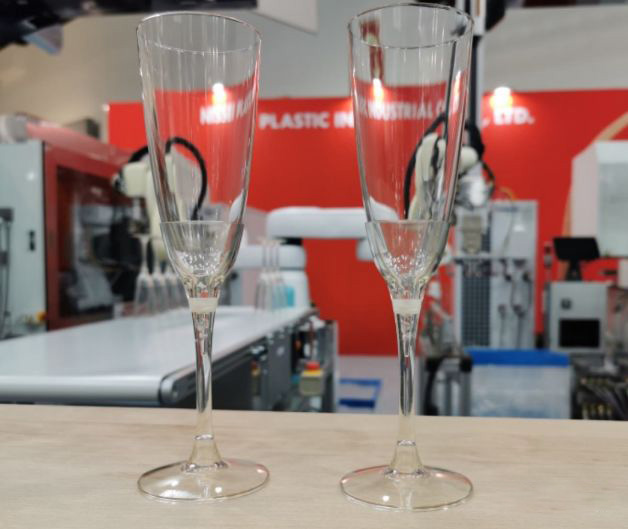
Injected PLA Sample
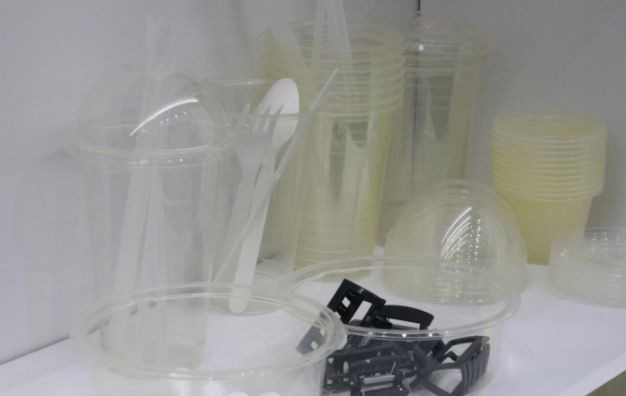
Biodegradable Plastic Bag
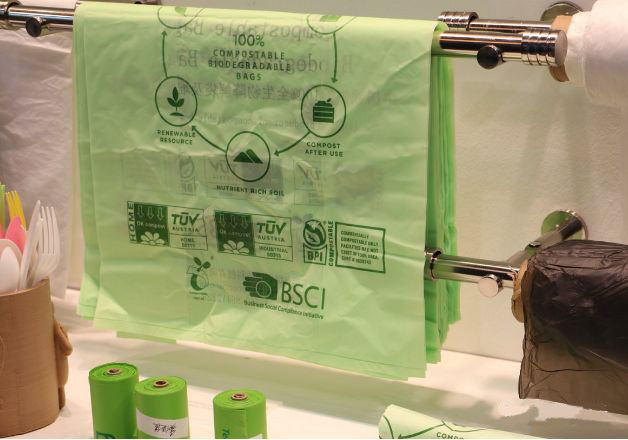
Tableware Made of PLA
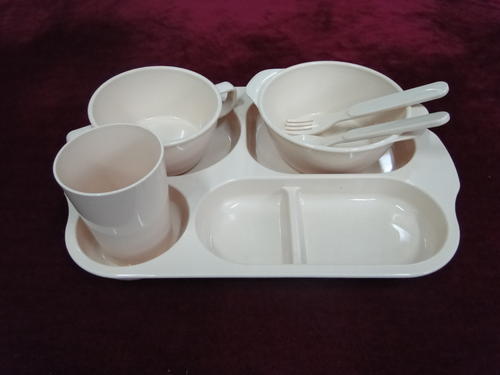
PLA Extrusion Products
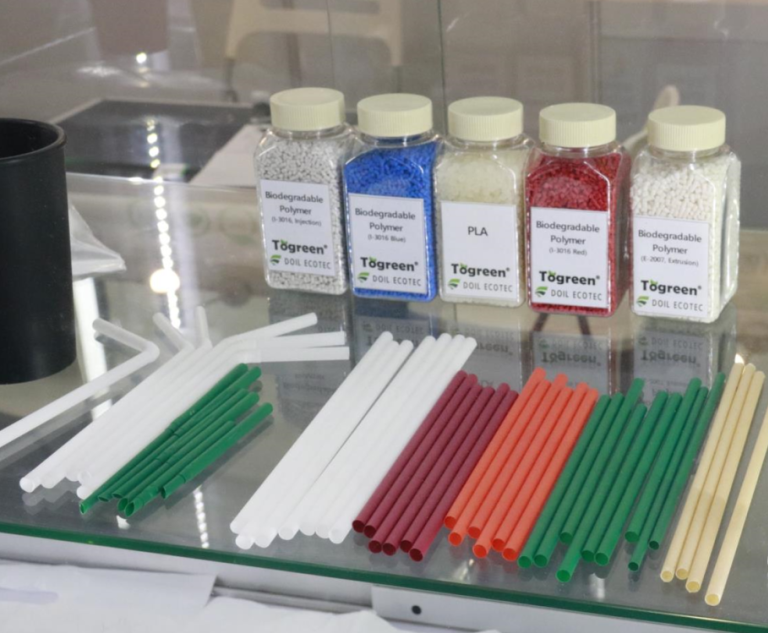
3D Printed Human Organs

The development and application of polylactic acid (PLA) is particularly rapid. According to statistics, from 2015 to 2020, the annual growth rate of the global market of polylactic acid will reach 20.9%, and the global consumption market of polylactic acid will reach US$5.16 billion by 2020.
Inventory of Main Existing Manufacturers for PLA Resins
Although the current global annual production capacity of polylactic acid exceeds 250,000 tons, according to market conditions it is basically in short supply. The following are the major suppliers of PLA polymers ranked in no particular order.
- NatureWorks, USA
- Total Corbion, Thailand
- Synbra Technology, Netherlands
- Futerro, Belgium
Leave us a comment below for a further discussion or contact us for further clarification.

